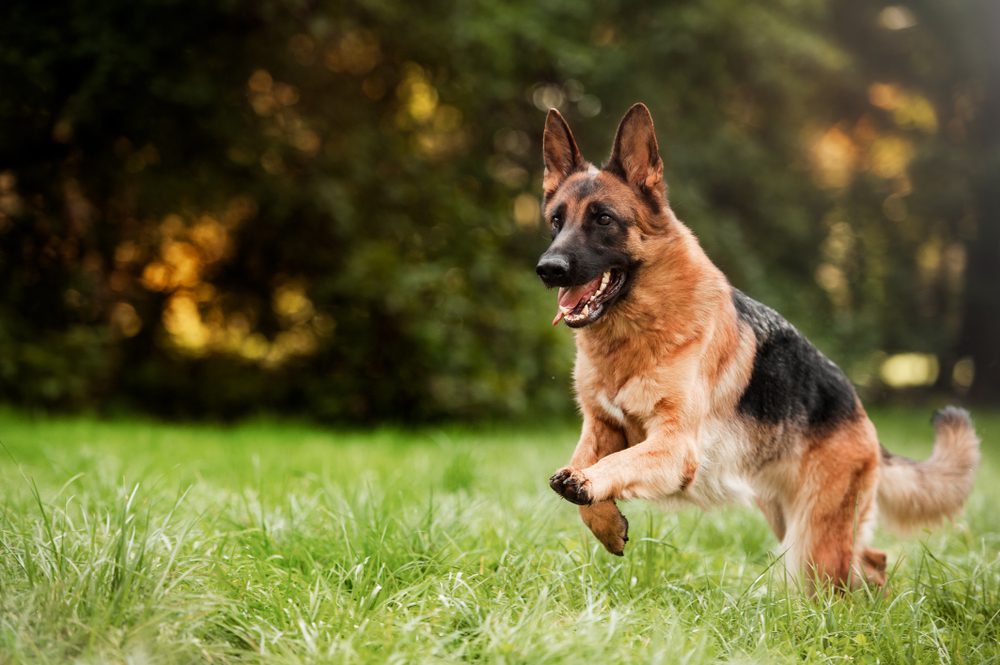
Sprains
Sprains can harm the ligaments of your dog, causing joint damage in the long run. These complications caused by sprains are more likely to develop in dogs that jump all day, hunt other animals, or perform any sudden movement or intense physical activity. Sprains can affect their knees and wrists. In some cases, sprains can lead to a ruptured cranial cruciate ligament (CCL), which is one of the worst issues because it connects the bones of the knee.
So, if your beloved furry friend starts to limp or is suddenly lame and these symptoms last more than a day, you should definitely talk to your vet about this problem and follow their treatments. Most of the time, these symptoms can reappear after a short period of time.

Hypothyroidism
First of all, it’s important to understand a little bit of biology and how their body function, in this case, namely the thyroid gland is placed in their throat and is responsible for creating a hormone called thyroxine – this hormone controls their metabolism, which is also responsible for turning food into energy. Hypothyroidism is a disease that occurs when this gland (thyroid gland) can’t produce enough thyroxine.
Unfortunately, this is one of the most common diseases that can be found in all types of breeds, but especially in golden retrievers, Irish setters, boxers, cocker spaniels, Doberman pinschers and dachshunds.
Symptoms of hypothyroidism in dogs include hair loss, black patches of skin, weight gain – even though they can’t eat, muscle loss, slowed heart rate and ear infections. Nevertheless, this disease can be treated with drugs (recommended by your veterinarian, of course). In general, the treatment is effective, but they have to follow it for the rest of their life.















